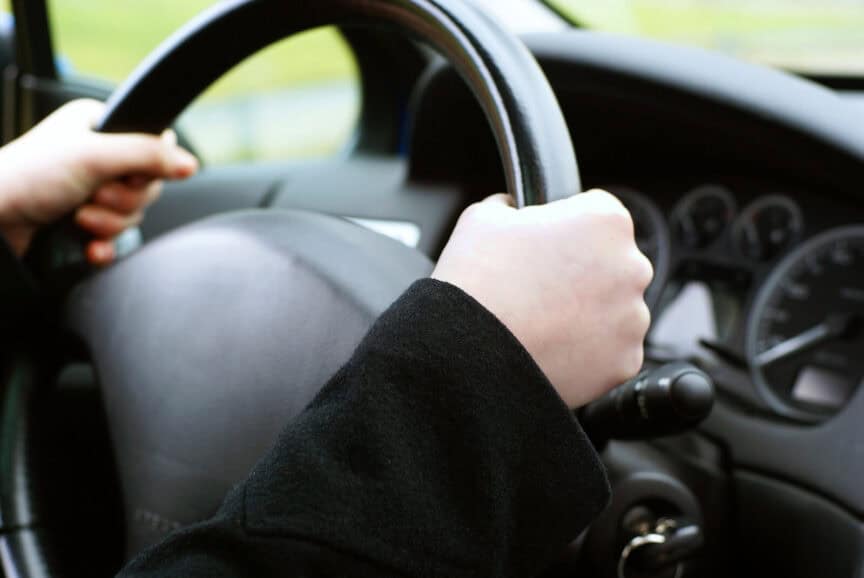Hearing plays a critical role in driving by helping detect important auditory cues such as sirens, horns, and even the sound of approaching vehicles. While hearing aids significantly improve one’s hearing ability, it is still essential to be aware of how they can affect driving habits. By understanding this, one can take steps to compensate for any limitations.
Keeping Hearing Aids in Optimal Condition
Ensuring that one’s hearing aids are in good working condition is a fundamental step to driving safely. Regular maintenance, such as cleaning and checking batteries, prevents unexpected malfunctions. It is important to keep spare batteries in the car or use rechargeable hearing aids that can be charged while driving. Regular visits to a hearing health professional for check-ups and adjustments ensure hearing aids function at their best.
Minimizing Distractions
Distractions can significantly impair the ability to drive safely, and this is even more relevant for individuals using hearing aids. To minimize distractions:
- Adjust the volume levels of the hearing aids to stay alert to outside noises without being overwhelmed.
- Keep the car’s interior noise minimal by lowering the radio volume or conversations.
- Avoid using mobile phones or engaging in other activities that take attention away from driving.
Enhancing Visual Awareness
Since hearing aids help but do not completely replicate natural hearing, enhancing visual awareness is essential. Good driving practices include:
- Regularly checking mirrors and blind spots.
- Using a wider field of vision to compensate for any missed auditory signals.
- Staying alert for visual cues from other drivers, such as headlights and turn signals.
Using Assistive Technology
Modern vehicles come equipped with various assistive technologies to aid drivers with hearing impairments. These include:
- Visual alerts for various car functions include seatbelt warnings, engine issues, and more.
- Rearview cameras to provide better awareness of obstacles when reversing.
- GPS systems with visual turn-by-turn directions.
Utilizing these technologies enhances safety and compensates for any auditory information missed.
Practicing Defensive Driving
Defensive driving is a wise practice for everyone, and it holds additional importance for those using hearing aids. Being a defensive driver involves:
- Keeping a safe following distance from the vehicle ahead.
- Anticipating other drivers’ actions and reacting accordingly.
- Being prepared to slow down or stop suddenly if needed.
Keeping Emergency Contacts Handy
In the rare event of an emergency while driving, having emergency contacts readily available is essential. This includes:
- Keeping a list of contacts, like family members or friends, easily accessible.
- Storing a hearing health professional’s contact information in case there are issues with the hearing aids.
- Knowing the location of the nearest medical facilities along frequently traveled routes.
Understanding Personal Limits
Finally, it’s important to understand and accept personal limits. Recognizing when discomfort or fatigue might impair driving ability ensures better safety for everyone. If ever in doubt about the ability to drive safely, exploring alternatives such as public transportation or ride-sharing services can be a prudent choice.
Driving with hearing aids doesn’t have to be challenging. By following these tips and staying proactive, the road ahead can be both safe and enjoyable.

